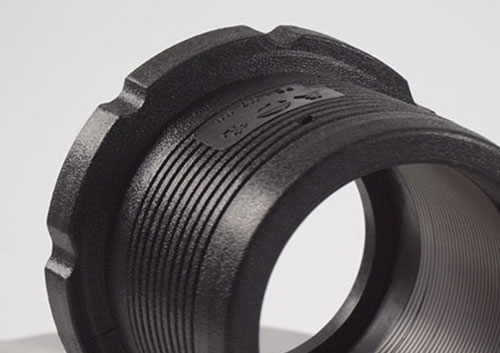Polyethylene composite pipe manufacturers have summarized the following points regarding the installation inspection of flanges and orifice plates on site:
First, the flange faces of the valves and piping should be free from damage, scratches, etc., and kept clean. Especially when metal washers (oval or octagonal cross section) are used, the slots of the flanges should match the washers.
Second, the verticality of the flange surface on the piping and the centerline of the piping and the error of the flange bolt holes should be within the allowable range. After the valve and piping centerline are consistent, install them. When connecting the two flanges, firstly, the flange sealing surface and the gasket are evenly pressed, thereby ensuring that the flanges are connected by the same bolt stress.
Third, when tightening the bolts, use a wrench that matches the nut. When tightening with oil pressure or pneumatic tools, be careful not to exceed the specified torque. The flanges should be tightened to avoid uneven force. They should be tightened in the order of symmetry and cross direction.
Fourth, after the flange is installed, make sure that all bolts and nuts are tightly tightened. The material of bolts and nuts must meet the requirements. After tightening, the bolt head should be exposed from the nut with two pitches. For tightening bolts and screws, use washers to prevent loosening due to vibration. To ensure the life of the gasket, do not use a liquid or metal matrix release agent or lubricant.
